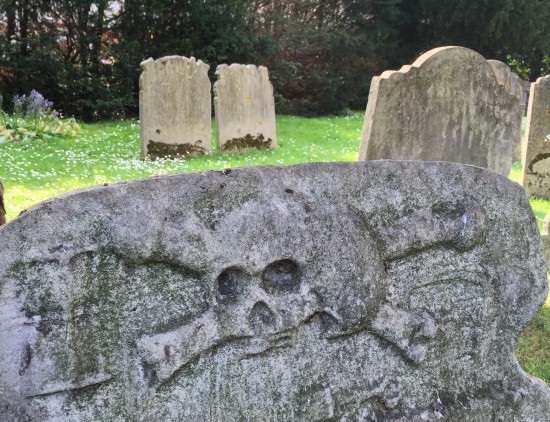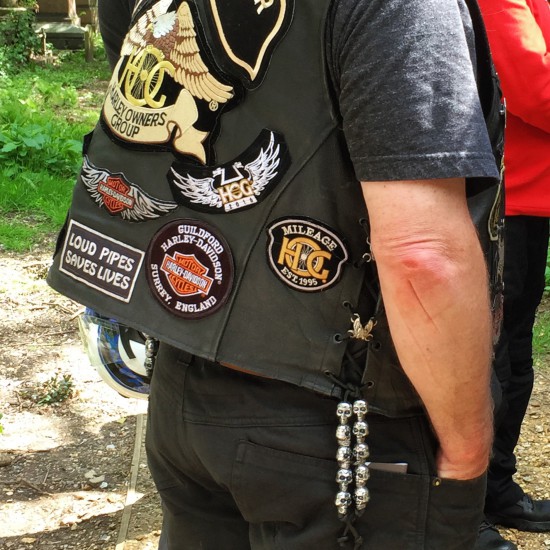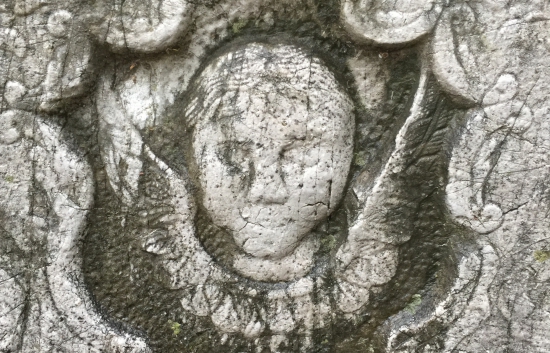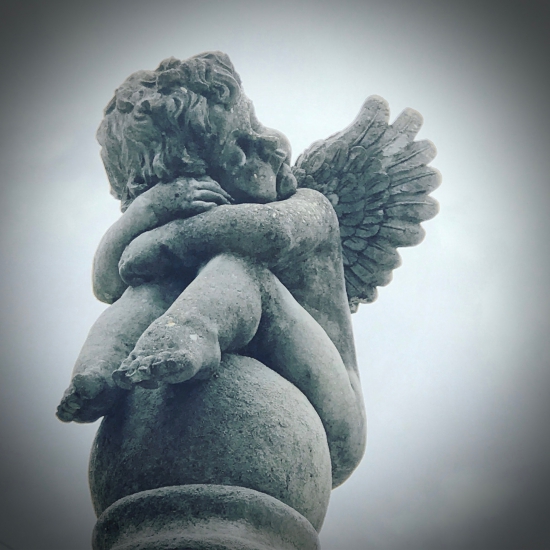Understanding Cemetery Symbols by Tui Snider
[The following is an adapted excerpt from my book, Understanding Cemetery Symbols. I hope you enjoy it! Also, full disclosure: that’s an Amazon affiliate link. If you buy my book after clicking it, I make a few pennies at no additional cost to you.]
How symbols evolve: from skulls to cherubs
Just like other symbols, the meaning of skulls depends upon its context in time, place, and religious belief. Skulls, or a skull and crossbones, are frequently seen on early American headstones. In the 16th and 17th century, skulls and other mortality symbols served to remind the living of the fleetness of life, and served as a stern remind that they had better behave while they were alive.

Symbolic meanings evolve
In the 21st century, however, skulls often have a different connotation. For instance, I once toured London’s Highgate Cemetery with a group of people that included members of a motorcycle club. As the tour guide pointed out various mortality symbols in the cemetery, I was struck by how many of the bikers in our tour had skulls on their clothing. Today, skulls aren’t simply a mortality symbol; they also convey a sense of machismo and the idea that someone is a daredevil.

Bikers vs Pilgrims
On the other hand, America’s Puritans certainly weren’t trying to be macho or impress us by how tough they were. They lived in a time and place when simply trying to make it from one day to the next was challenging enough.
As the Puritans’ grim outlook on life began to ease its grip on America’s psyche, the imagery used on tombstones began changing, too. By the 1690’s, skulls were gradually displaced by a human face with wings. Sometimes called “soul effigies,” these winged faces were not meant to be an accurate representation of any particular person. Instead, they symbolize the soul’s flight to Heaven.

Victorian cherubs
By the Victorian Era, soul effigies were eclipsed by children’s faces with wings, as well as sweet-faced cherubs and winged toddlers. That’s all for now, but there is so much more we could explore. It really is fascinating to learn about the symbolism behind hands, hearts, and other body parts in historic graveyards!

Want to learn more about cemetery symbols?
BLOG POSTS: Click here to read a whole bunch more blog posts about historic graveyards and cemetery symbols. I’m constantly adding new content here!
READ MY BOOK: Check out my book, Understanding Cemetery Symbols. It’s available on Amazon in paperback and ebook form.

Interesting. I’m sure all the info you share about cemeteries will end up somewhere in a story :-)
I hope so! All these little tidbits could maybe even inspire a story! Thanks for visiting! :)
I first learned about the evolution from skulls to cherubs in a delightful little book by James Deetz called In Small Things Forgotten.
Sounds like a book I would enjoy, Liam! Thank you for telling me about it. I will put it on my list to look for! :)